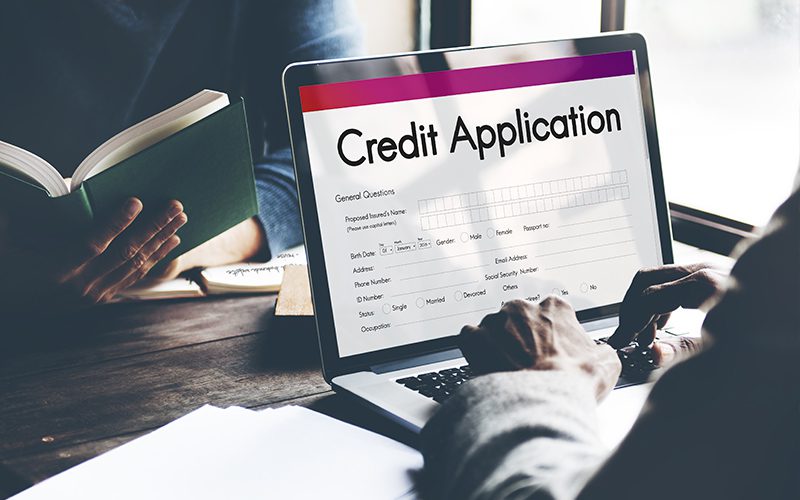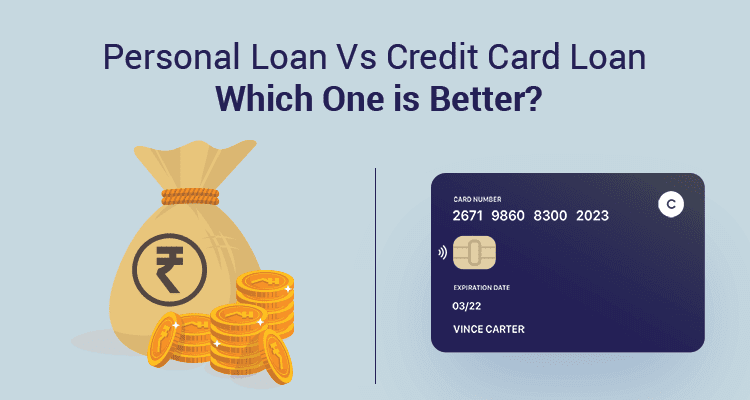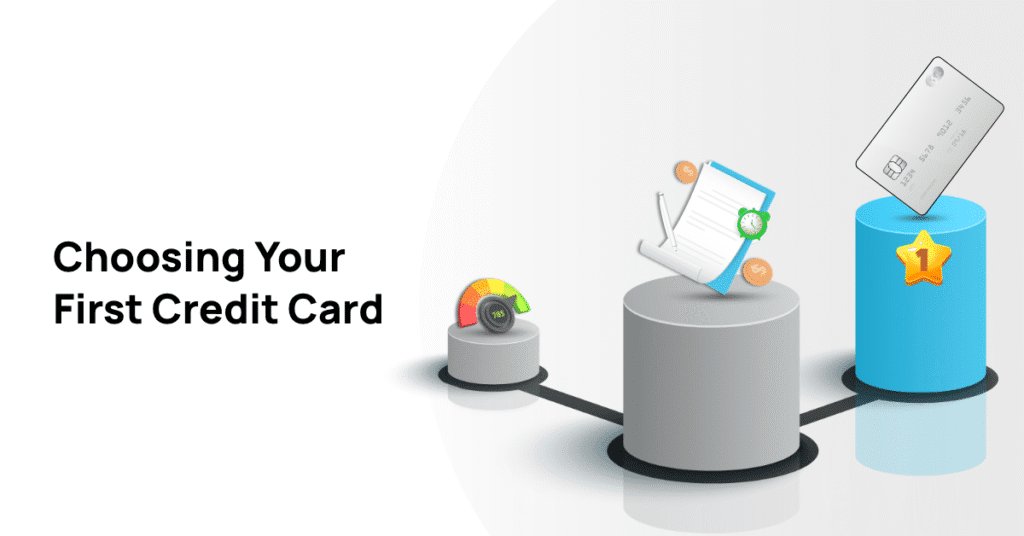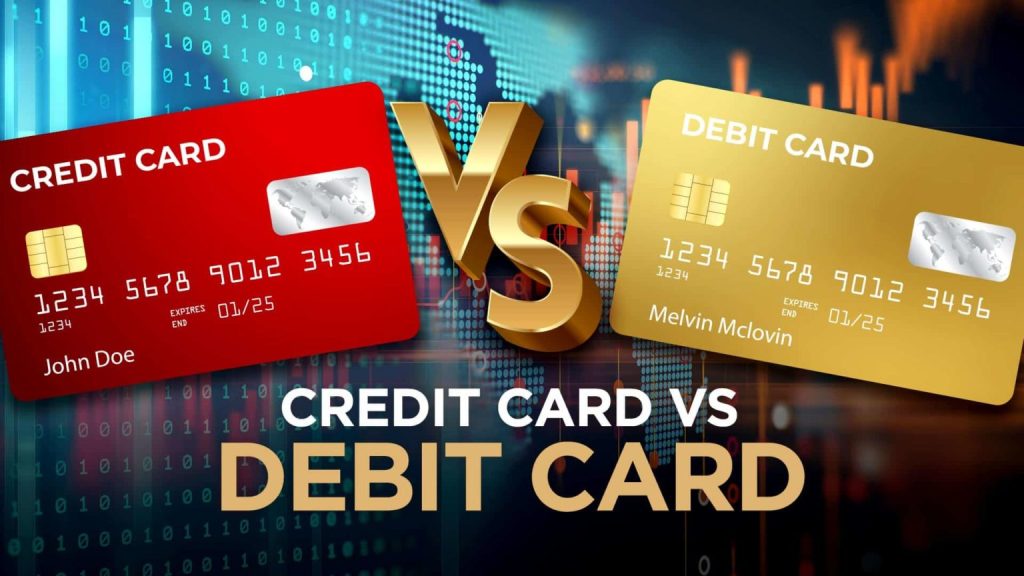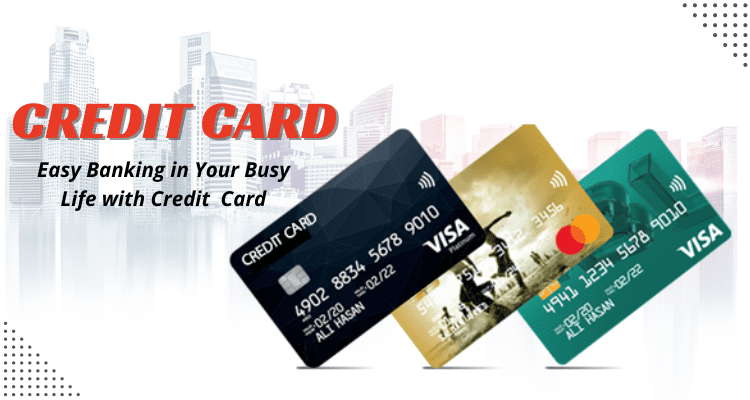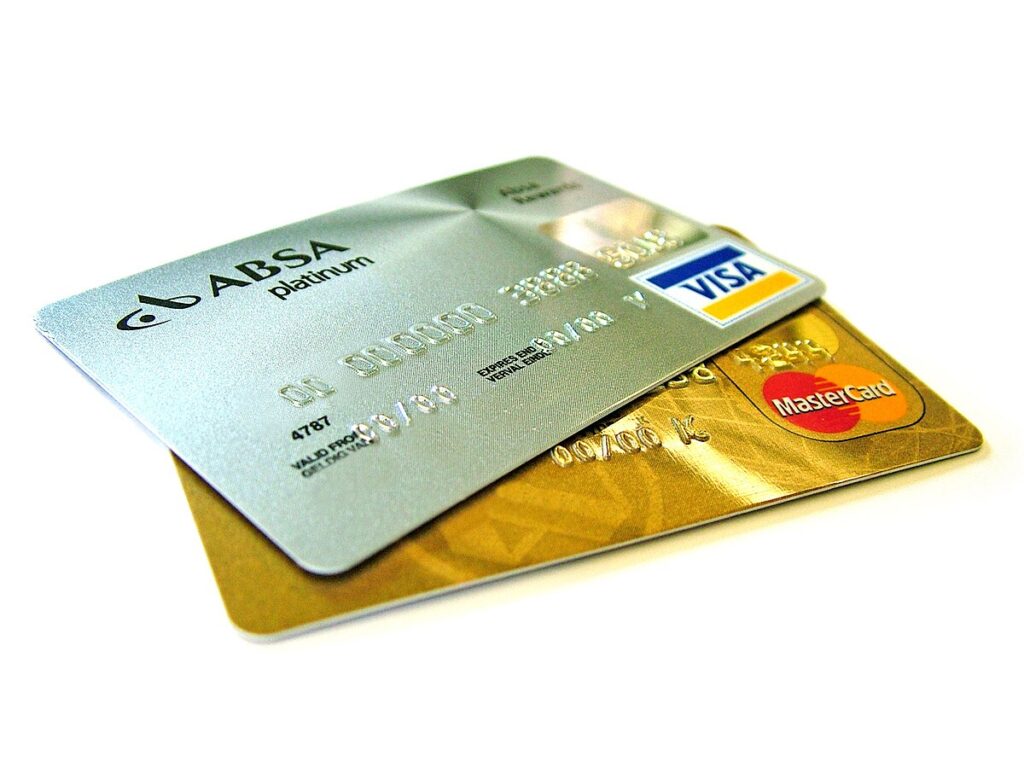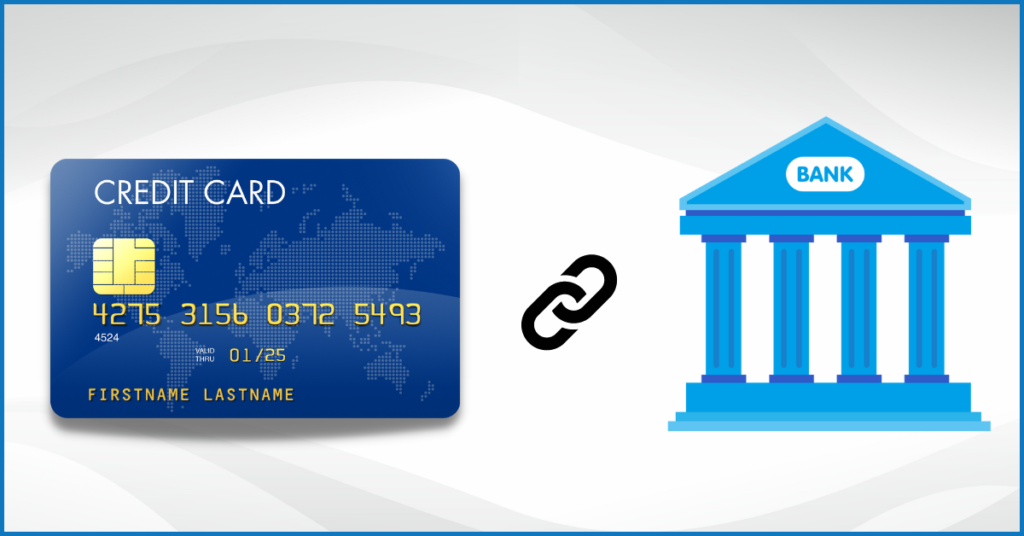Applying for a Credit Card: A Step-by-Step Guide
Applying for a credit card only takes a few minutes, but there’s more to it than submitting your information. To improve your chances of approval, it’s essential to prepare in advance and demonstrate that you’re a responsible borrower.
Step-by-Step Guide to Applying for a Credit Card
Before starting the application process, it’s important to understand the type of credit card that suits your needs. Also, consider your credit health and any available card promotions. Follow the steps below to apply for a credit card:
1. Check Your Credit Score
Your credit score plays a significant role in determining whether you qualify for specific cards. A higher score makes you appear more reliable to lenders. Knowing your score ahead of time helps you target cards you’re more likely to be approved for.
For instance, if your score is low, you may not qualify for unsecured cards that offer generous perks. Applying for cards beyond your eligibility can result in rejections and multiple hard inquiries, which can harm your score. In such cases, applying for a secured card might be a more suitable option.
You can access a free credit report from Australia’s major credit reporting agencies like Equifax, Experian, and Illion. It’s advisable to check your report periodically, especially before applying for new credit.
2. Check Eligibility Requirements
Review the basic eligibility criteria of the card you’re interested in. Some cards may have specific income, age, or residency requirements.
Most credit card issuers generally require applicants to:
- Be 18 years or older
- Receive a regular income
- Have verifiable income documents
- Be an Australian or New Zealand citizen or permanent resident
Knowing the requirements beforehand can save time and prevent unnecessary damage to your credit score from unsuccessful applications.
3. Prepare Your Documents

Regardless of the card issuer, you will need to provide personal and financial details. Having all necessary documents ready will speed up the process.
Typical documents required include:
- Bank statements or payslips
- Employment information (job title, employer)
- Recent tax return
- Proof of assets (e.g., vehicle) and liabilities (e.g., home loan)
- Residency or visa documentation
- Details of general living expenses (e.g., utility bills)
4. Complete the Application
Most credit card applications can be completed online through the issuer’s website. In some cases, you may also apply in person at a bank branch.
The application usually includes:
- Personal information (name, address, contact details)
- Employment and income details (including accountant details for self-employed applicants)
- Information on current debts and expenses
- Optional selection of features and credit limit
- Uploading supporting documents
After filling in the information, review it thoroughly and then submit your application.
5. Provide Additional Documents, If Required
Once submitted, you may receive conditional approval. This means the issuer might ask for additional information, such as updated payslips or bank statements, before fully approving your application.
What Happens After You Apply?
If approved, your credit card will typically be sent to you within a week. Once you receive it, you’ll need to activate the card—usually through the issuer’s website, app, or by phone.
If your application is declined, the issuer will notify you. You’re entitled to request a free copy of your credit report within 90 days of being declined to understand the reasons.
Remember that your credit score is just one part of the decision. Your income, employment stability, and spending patterns also influence approval. It’s best to wait a few months before applying again if you’ve recently been declined, as multiple applications in a short period can negatively impact your credit profile.

